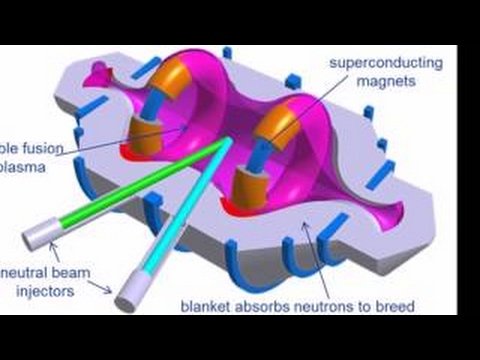jsport said:
30yrs experience, was in the intell community for 10yrs, had a desk in the Pentagon.
fathered a JCTD.
LO (authority mentioned in the title page of this forum) ended this argument some time ago for those paying attention.
Some disgruntled, uninformed, blogger w/ a grudge ..very pedestrian.
no prob w/ mirror mate.
And I'm a blue-eyed blonde male supermodel with godlike trombone playing skills who also has a degree in particle physics*. Unless you pony up those credentials or several people vouch for you it's just your word.
But lets assume you're for real. For someone with 30 years of experience, ten of which in Intel, with a desk in the pentagon, you sure sound like an obsessed person who has found the latest ghee-whiz gimmick which will REVOLUTIONIZE WARFARE!, if only people could see your brilliance. There's a reason people mentioned the combat reform website.
It's because you sound just like Mike Sparks.
I mean, do you seriously believe that you happened upon something new here? Something utterly forgotten by the military-industrial complex at large for over thirty years?
People have been telling you why this won't work. High parasitic mass and volume, low range compared to missiles, less flexible than being able to pick and choose ordnance for a mission. If random Joes on the internet can point this out to you, do you honestly think industry professionals won't see the same problems? This is plain and simple physics. Back when that study was made, there might have been a point. But technology marches on, and missiles have had decades in both guidance and in propulsion tech to get better. Meanwhile guns are a very mature field. Barring some kind of supermaterials you're not going to get radically improved range performance out of conventional propellant driven guns.
Just look at the Navy's ERGM round. 127 mm, 60 mile range, guided, and with a rocket booster to get it up to that range. The thing never worked properly, and it isn't as if the Navy didn't pour money into it. And that was a round launched from a solid platform which could take the recoil (a recoilles rifle would need several times the propellant of a cannon to get anywhere near to the same performance!). Unfortunately the electronics and guidance section frequently
couldn't take that recoil.
Meanwhile we have no problems making rockets and missiles with that kind of range. They're pretty reliable too.
And you're proposing to essentially mount ERGM as a recoilles rifle onto a plane. But why would we? We've
already got missiles to do that job!
*
Warning. Product might exhibit minor differences from description




